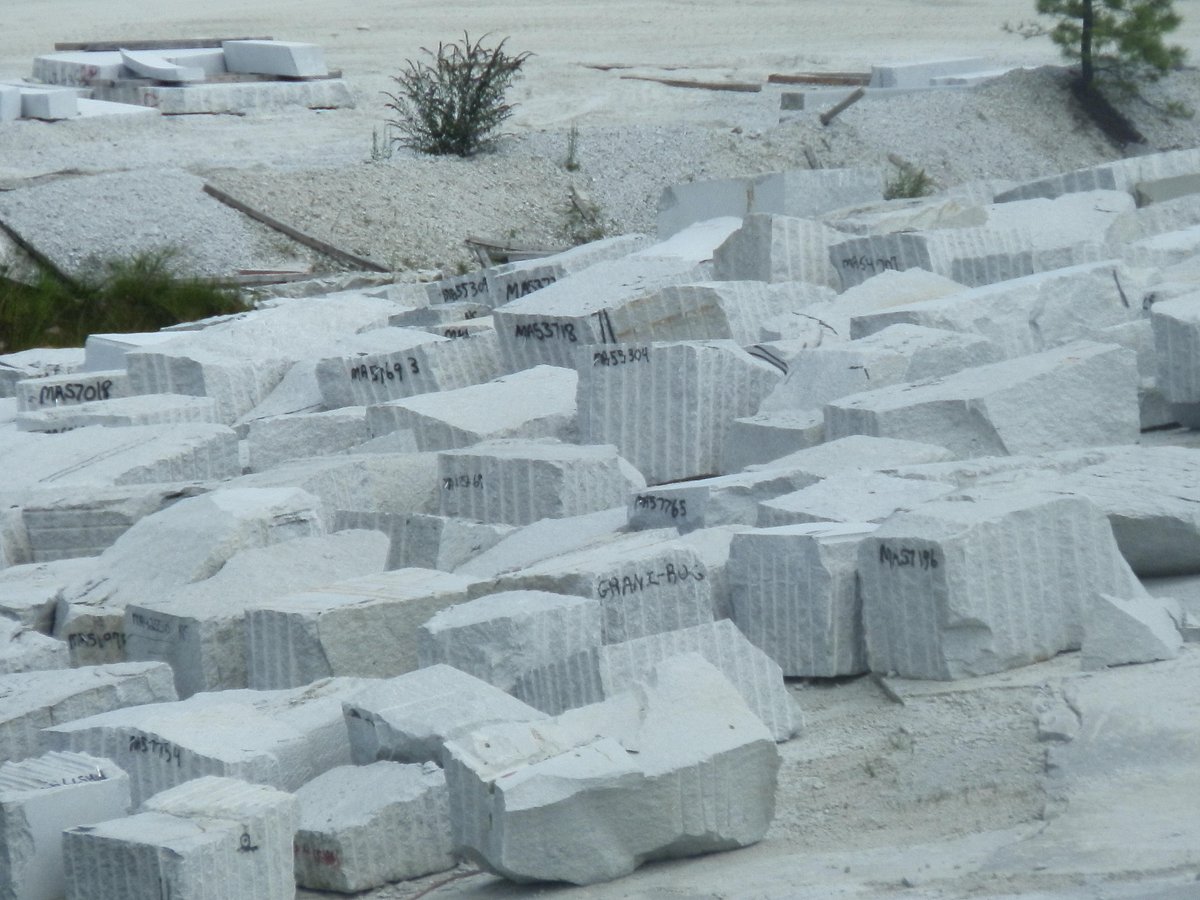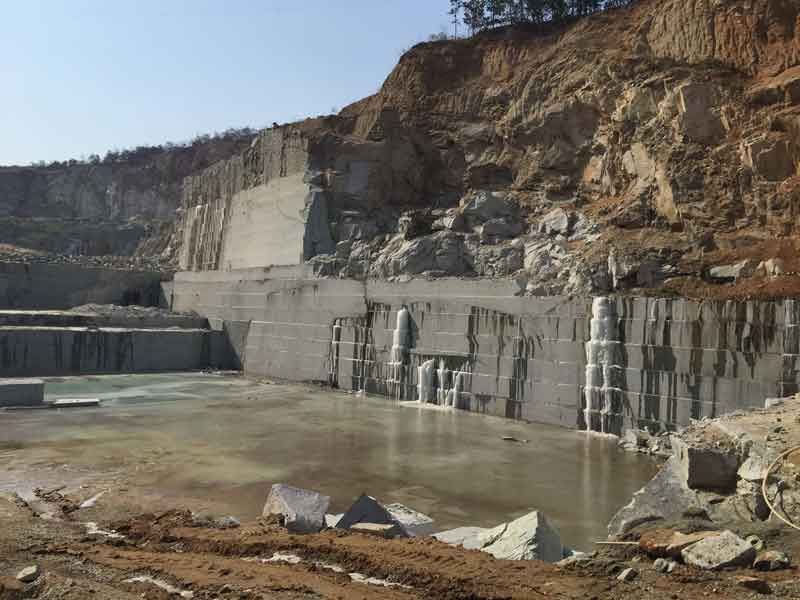The Concealed Gems: Checking Out Granite Quarries in South Africa
The Concealed Gems: Checking Out Granite Quarries in South Africa
Blog Article
Uncovering the Rich Background and Lasting Practices of Granite Quarrying
As we base on the precipice of uncovering the intricate tapestry of granite quarrying, a trip via time exposes not just the physical act of extracting rock but additionally the social and historical importance woven right into the extremely fabric of this practice. From the ancient beginnings that laid the foundation for contemporary quarrying methods to the sustainable methods that are shaping the future of this sector, each sculpt mark on granite surface areas narrates waiting to be unearthed (granite quarries in south africa). The heritage of granite quarrying extends much beyond plain extraction; it is a testimony to human ingenuity, resilience, and the long-lasting attraction of this majestic stone
Ancient Origins of Granite Quarrying
Dating back to ancient human beings, the technique of quarrying granite has actually been an indispensable component of human background and building development. The earliest evidence of granite quarrying dates back to ancient Egypt, where substantial pyramids and elaborate sculptures were crafted from this durable stone. The Egyptians used primitive tools to draw out granite blocks from quarries, showcasing the significance of this product in their huge buildings.
Moving forward in background, the Greeks also made significant payments to the quarrying of granite. The Greeks utilized granite in numerous building marvels, such as temples and sculptures, demonstrating their skill in shaping and carving this sturdy stone. The Romans additionally refined the methods of quarrying granite, utilizing innovative tools like blades and hammers to essence and form granite for their iconic structures.
With the centuries, the technique of quarrying granite has advanced, with modern innovations improving performance while keeping the classic allure of this natural stone - granite quarries in south africa. From ancient human beings to modern contractors, the tradition of granite quarrying continues to shape our world
Development of Quarrying Methods
The advancement of quarrying strategies has been marked by a constant progression towards higher effectiveness and precision in extracting granite. From the primary techniques utilized by our forefathers to the advanced innovations utilized in modern quarrying procedures, the sector has actually gone through considerable improvements. Early quarrying techniques entailed hand-operated labor with standard devices such as knives, hammers, and wedges to remove granite blocks from the earth. As worlds progressed, strategies like fire-setting and primitive nitroglycerins were introduced to assist in the extraction procedure.
In more current times, the development of machinery changed the quarrying industry, making it possible for quicker removal rates and increased performance. Technologies such as diamond wire saws, high-pressure water jets, and pneumatically-driven drills have come to be common in modern quarries, permitting precise cutting and decreased waste. In addition, improvements in computer-controlled tools and 3D modeling have actually maximized quarrying operations, bring about minimal ecological influence and improved sustainability methods. As the demand for granite proceeds to rise, the development of quarrying strategies remains integral to meeting sector requires efficiently and sustainably.
Social Importance of Granite
Granite holds an extensive social relevance throughout various civilizations due to its long-lasting presence in building masterpieces and revered monuments. The social significance hop over to these guys of granite prolongs past its physical attributes; it personifies resilience, stability, and eternity, making it a sign of enduring traditions and traditions.

Lasting Practices in Quarrying
Among the rich background of granite quarrying and its social value exists an expanding emphasis on sustainable techniques within the industry. As environmental understanding and concerns about resource exhaustion have actually increased globally, the quarrying industry has actually increasingly welcomed sustainable approaches to lessen its effect on the environment and bordering areas.

In addition, reclamation and rehabilitation of quarry sites post-extraction are important to lasting techniques. By restoring quarried areas to a natural or helpful state, such as developing wild animals environments or leisure spaces, quarriers can offset the environmental footprint of their operations and contribute positively to the neighborhood community.
Heritage of Granite Quarrying
With a historical backdrop steeped in workmanship and industrial progress, what withstanding effect has granite quarrying left on the landscape of contemporary culture? The tradition of granite quarrying transcends simple extraction methods; it has shaped architectural wonders, urban landscapes, and social heritage worldwide. The sturdy nature of granite has actually made it a recommended selection for additional hints monoliths, structures, and infrastructure, standing as a testimony to the ability and creativity of quarry employees across generations.
Furthermore, the financial footprint of granite quarrying can not be overlooked. The industry proceeds to offer job opportunity and drive regional economic situations in regions where granite extraction prevails. It has additionally stimulated technical improvements in quarrying methods and devices, resulting in much more efficient and lasting methods.
In regards to sustainability, the heritage of granite quarrying includes initiatives to reduce ecological impacts via reclamation jobs and accountable source management. By stabilizing economic rate of interests with ecological stewardship, the industry makes every effort to guarantee that future generations can remain to take advantage of this enduring all-natural resource.
Final Thought

Report this page